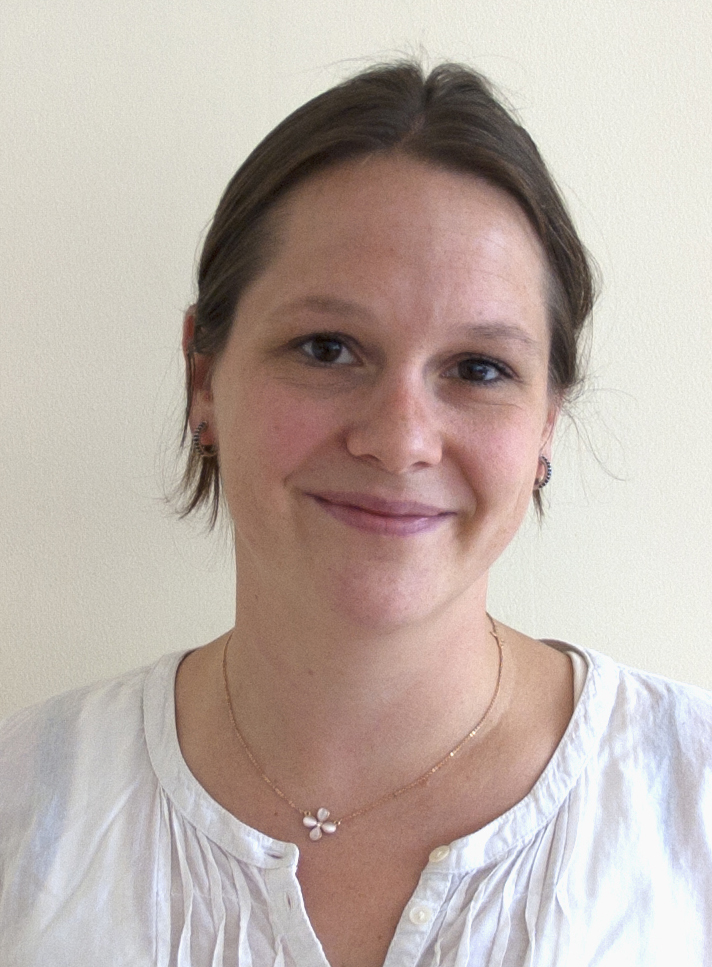By Anne Blokhuis Muurlink, Educational Psychologist
At the start of a school year, many teachers have students who initially struggle in their class. This is understandable; each classroom has a new dynamic, with new relationships and challenges. Most students settle down and adjust, but for some, problems will persist even after a few months.
At that point, the teacher often starts seeking internal resources to help the child, maybe through the use of teaching assistants or a school learning support department. This takes a while to set up and implement, and nobody expects immediate results as it takes time to see the effects of these interventions. Holidays come and go, making things further delayed, and so, it could happen that only around this time in the school year (mid-second semester) that parents are presented with their child’s progress and told that “something isn’t working.”
This is always a difficult moment for both the teacher and parents, as conversations about a child’s learning needs are complicated for both sides.
Many teachers might recommend that the child undergoes a psychological assessment. This involves a series of standardized tests that inform everyone involved, allowing teachers, parents and child to know what the main difficulties are. It also provides a basis for the future care of the child, a framework from which an education plan can be built.
The Assessment Process
When we asses a child, we first interview the parents, so we know what to look for. Then we talk to the teachers and, if possible, observe the child in school, to see how they behave in a classroom environment. After that we ask the adults in the child’s life to fill out questionnaires, in order to have as much information as we can get before starting.
The assessment itself, like everything we do at ELG, is tailored to the individual child. Whether we are testing cognitive or emotional skills, or speech and motor development, the tests are focused on specific needs. This typically takes a few mornings during one week, and the parents are welcome to join. From this analysis we produce two things: a diagnosis and recommendations.
It is important to realize that the diagnosis is not a label for the child. It is instead a tool for working out how best to provide care. A diagnosis is made when an individual meets a certain number or set of criteria, but that does not mean all children with the same diagnosis are displaying the same symptoms, nor does it reflect actual needs. The value of a diagnosis is in providing everyone involved a common language to refer to, and it gives indications of interventions that have proven effective for other individuals with the same diagnosis. What professionals and teachers look at are the scores on each test and its subtests. These tell us about a child’s exact strengths as well as areas in need of support and improvement: processing skills, language ability, working memory, verbal intelligence, etc.
The recommendations are based on all the information, not only the ones that lead to diagnosis, but also the ones that were less relevant for diagnosis but are still telling about the child. Recommendations take into account the child’s strengths, “weaknesses”, learning style and preferences, and the resources available in their school and in the community. They outline how evidence-based interventions can be provided. They could recommend something simple, such as a different approach to homework, or a more intensive course, either inside school or with an external professional. The report will also describe where support can be found, from both ELG and the wide range of healthcare providers in Shanghai.
Once an assessment has been taken the parents, teachers and therapists can start to work together on whatever help is needed. Often an individualized education plan (IEP) is drawn up, which then acts as a framework for future care. With the knowledge of what areas need to be worked on, focused attention can bring about real results to the development of the child.
Ultimately, it is the children who benefit the most from getting assessed. Intensive, adequate treatment can make a huge difference in development and learning, and most children will not have to leave mainstream education. While it can be challenging, a child knowing they are surrounded by adults who understand can make all the difference in the world.
Anne Blokhuis Muurlink, M.Sc
Educational Psychologist
Anne has been working in Shanghai as an Educational Psychologist since 2009. and enjoys helping children improve the basic skills required for successful learning. She is passionate about children’s development, and believes a holistic approach is essential to help children reach their full potential.




